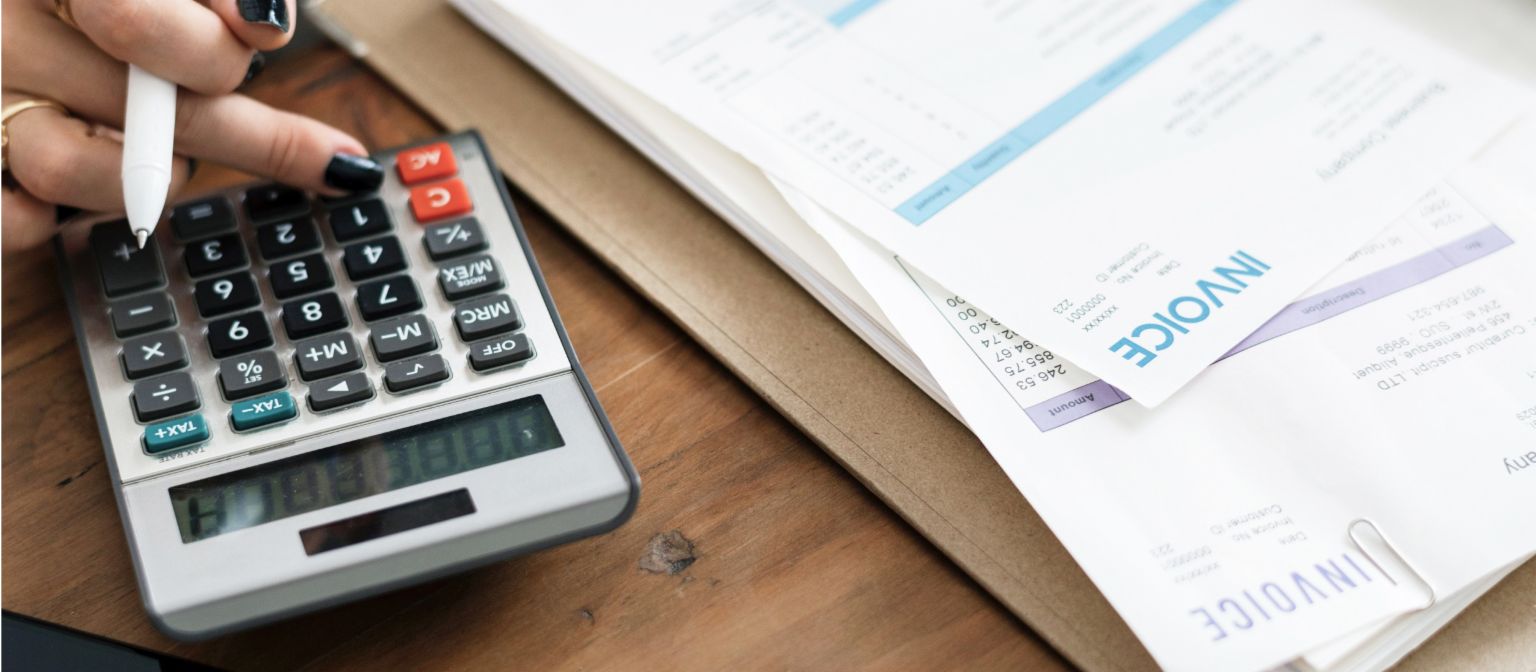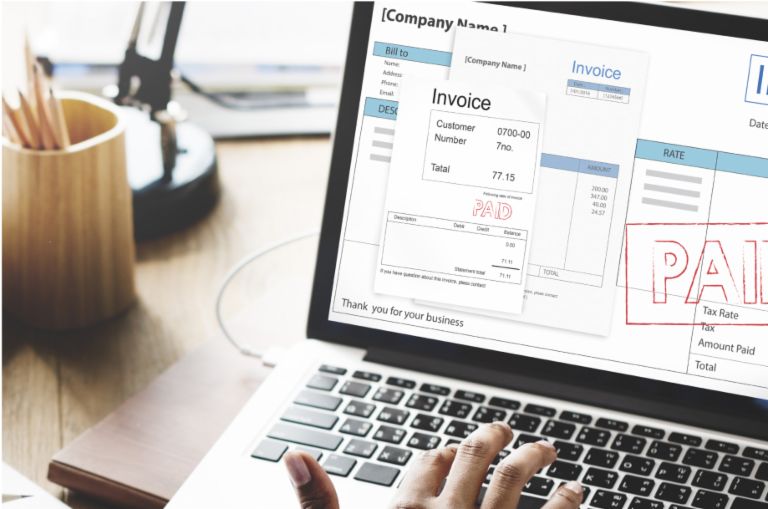Incorrect invoicing: Eight reasons why you’re waiting longer than necessary for your money.
Write an invoice and receive your money: For freelancers and small business owners in particular, this is the ideal scenario. But often, there is a delay in receiving the payment. Or the client even sends the written invoice back because it hasn’t been issued correctly. To avoid this, businesses should observe the following tips when invoicing.
1. Nedostaje ili je netočna naziv kompanije.
The recipient of the invoice must be clearly designated. Sounds easy. However, what is often overlooked is that the company designation is not just the company name and address but also has to include its legal form. So if you just send an invoice to “Müller Maschinenbau” instead of to “Müller Maschinenbau GmbH” it will be returned to you quickly. And, of course, the company name must be accurate.
2. Neprecizan opis usluge/izvršenja.
Almost no company is likely to forget to actually specify a service. But often the information given is too vague. “Supply of goods”, for example, is not sufficient as a description of performance. And something like “Technical advice and checking” is also not enough for the German Federal Fiscal Court. Collective terms like “Delivery of flowers”, however, are acceptable. In cases of doubt it is better to be too precise than too vague.
3. Nema uzastopnog broja fakture.
Recipient company and performance correctly described? That’s still not enough for the Tax Office. To make sure that invoices don’t get issued twice the Tax Office requires them to be numbered consecutively. Nevertheless, you can use the same number again if you subdivide your invoice documents into areas, e.g., according to product types or regions. An invoice designated “1_2019_timber delivery” is therefore a correctly issued invoice as is “1_2019_North-West”. An exception to this rule are amounts of less than EUR 250 which do not need to have consecutive invoice numbers.

4. Porez na promet netačno naveden.
In the case of sales tax there are two sources of error. Not only do companies forget to indicate sales tax altogether, they also specify the incorrect rate. In Germany, for instance, for some categories of goods like food and many services like journalistic writing activities a lower rate of sales tax of 7 percent applies instead of the usual 19 percent. If you incorrectly specify a rate of sales tax that is too high, that is the amount that you will owe the Tax Office.
Incidentally, if you issue invoices to companies in other EU countries, the recipient of the service is liable for the tax – but only if you specify this on the invoice. Excepted from this ruling are small business owners with a turnover of less than EUR 17,500 per year. In accordance with Section 19 of the German Sales Tax Law they do not have to indicate sales tax. However, small business owners must include in the invoice a reference to their exemption from sales tax liability.
5. Krediti i popusti nisu jasno prepoznatljivi.
Have you granted credits or discounts? If you credit an amount to your contractual partner a separate invoice has to be issued. If you grant a rebate or discount it must be included in the invoice and clearly identifiable.
6. Digitalne fakture u netačnom formatu.
Regardless of whether you are a freelancer or small business owner, a mid-sized business or large company, nobody needs to issue a paper invoice any more. This is regulated by the GoBD, the German “Principles for the proper management and storage of books, records and documents in electronic form, as well as data access”. It stipulates four conditions for electronic invoices: unalterability, completeness, traceability and availability. The most common source of error is the “unalterability”. Invoices in Word or Excel format are considered incorrect. PDFs are generally accepted, and to be extra safe the more secure PDF/A format should be used.
7. Nema posebnog procesa za ispravljene fakture.
The invoice correction process itself contains sources of error. If an incorrect invoice has not yet been entered in the books you can simply resend it. However, if it has been entered in the books you have to cancel it in writing, repeating all the information that was in the original invoice. You then have to issue a new, correct invoice with a new consecutive invoice number.
8. Netačno izračunat period čuvanja.
Another trap is lurking literally right at the end of the invoicing process: the retention period. If your company is audited by the Tax Office, all invoices from the last 10 years have to be available, otherwise the Tax Office will estimate the tax due. And what many people do not know is that this period is calculated according to the end of the accounting year. So you have to keep an invoice dated 1 January 2012 not just till 1 January 2022 but till 31 December 2022.

Look at the bigger invoicing picture.
But even if you have met all these conditions, sometimes you still do not get the money owed to you. Because apart from these legal errors, there are many other reasons for payment delays and defaults. For example, misleading or incorrect invoices: when organising the bank transfer the customer types in the invoice number incorrectly because it is not clear from the written invoice.
Or the invoice is right at the bottom of the package and is disposed of inadvertently along with the padding material. For business operators the result is extra work that could easily have been avoided. So that they don’t have to wait longer than planned on their money and ultimately get into payment difficulties themselves.
Photo Credits: rawpixel / Unsplash, Rawpixel.com / shutterstock, Pressmaster / shutterstock
